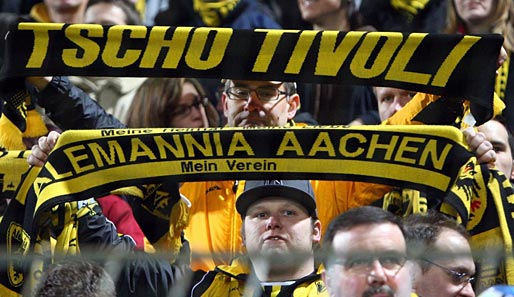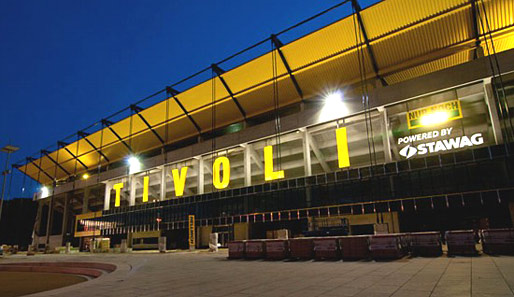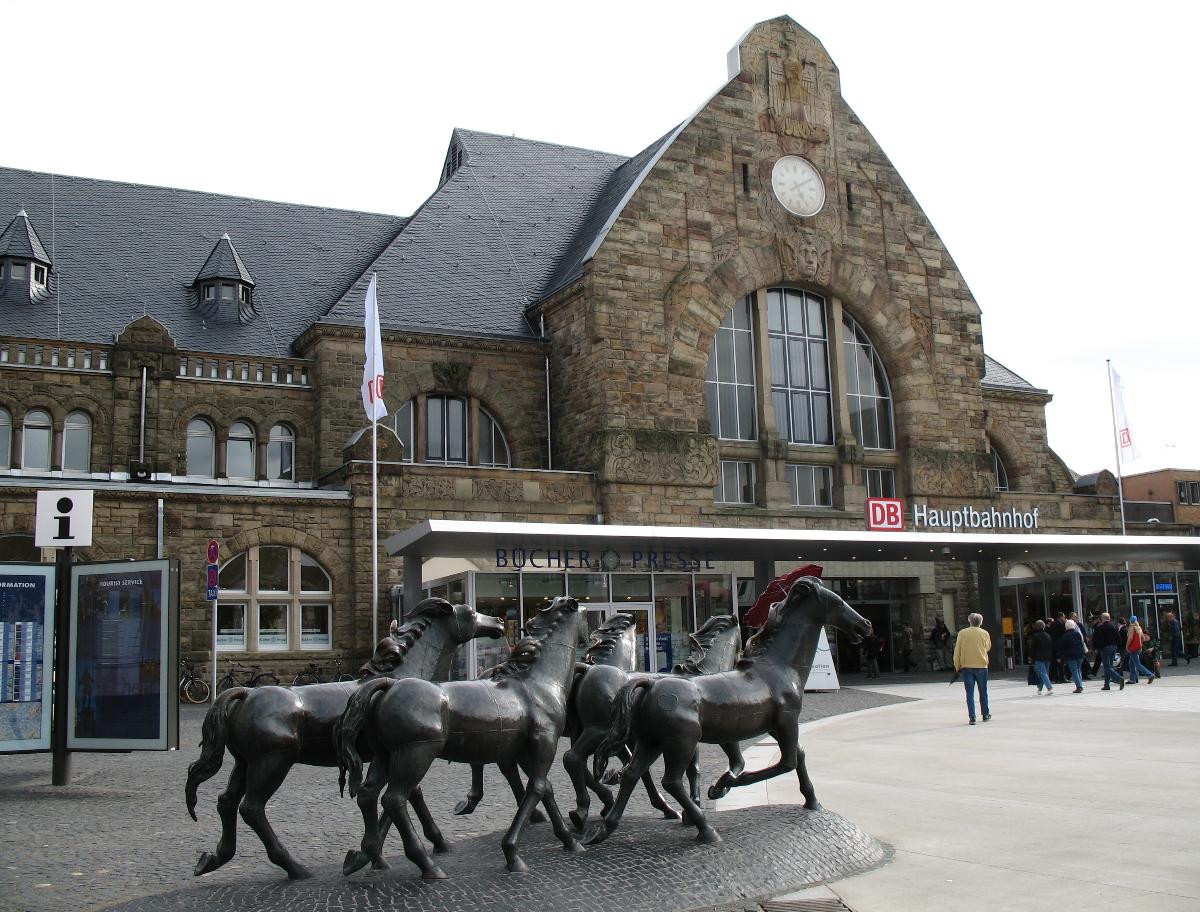Oak: My Everyday Life Journeys
Travel, Inspiration, SNSD, Cat, Photography
Booking.comSearch
Additional pages
Twitter feed
Tweets by @OakabcFind me on...
Aachen Impression
Aachen is a lovely town, situated in the western part of Germany, pretty close to the German-Belgian-Dutch boarder.

Due to its unique location at the border region between the Netherlands, Belgium and Germany. The “Dreiländerpunkt” (the junction of three countries) is a favourite destination for excursions and trips for people living nearby. The Dreiländerpunkt has an elevation of 322.5 meters above sea level and is thus the “highest point of The Netherlands”.
Every year, the Christmas Market in Aachen attracts thousands of visitors from Germany and abroad wishing to experience the magic of the festive season in the historic City centre of Aachen. Stunningly located against the backdrop of the Cathedral and the Town Hall, there are numerous wooden chalets offering unusual crafts, gifts, decorations, and food items - everything you need for a perfect Christmas celebration.



Many people love drinking a Glühwein (spicey wine) and eating Printen.

Printen (Ginger bread) is originally sweetened with honey, nowadays Printen are sweetened with the syrup from sugar beets as honey became temporarily unavailable when Napoleon issued a trade embargo, banning all trade with the main supplier of honey, the USA. The tradition of sweetening with sugar beets was kept even after Napoleon was defeated and the French occupation lifted.

Printen are made from a variety of ingredients including cinnamon, aniseed, clove, cardamom, coriander, allspice and also ginger. The exact mixture of these ingredients, however, is a close kept secret of the individual Printen bakeries.
Additionally to the original Printen, there are also Printen with nuts (usually almonds), covered in chocolate or glaze and marzipan.
Visit the market twice a week - Tuesdays and Thursdays- to buy fresh vegetables, fruit, meat and flowers.
The Cathedral of Aachen is an absolute “must” for every visitor. It was Charlemagne who laid the foundations of one of the most important buildings north of the Alps. The Cathedral of Aachen was the first German monument included in the list of UNESCO-World Heritage. For 600 years, from 936 to 1531, Aachen Cathedral was the church of coronation for 30 German kings and 12 queens.


In the early 14th century, Aachen citizens took over the ruined palace of Charlemagne. On its foundation, they built the gothic town hall, which was converted into a baroque building in the 17th and 18th centuries. The town hall was seriously damaged in the two fires of 1656 and 1883. 50 statues of German rulers adorn the north facade; 31 of the kings represented were crowned in Aachen

The Elisa Fountain (Elisenbrunnen) is the symbol of the spa town of Aachen. It was constructed in 1827 according to plans of the architects Cremer and Schinkel. At the time, the Elisa Fountain served as a drinking and promenading hall. Today it is possible to try the healing thermal waters of Aachen from this fountain. Marble plaques remind us of the names of the famous visitors that came to the Aachen spa over the centuries, amongst them Händel and Casanova.

According to legend, the Lousberg was created by the devil as an act of revenge. The legend tells that the devil had been tricked by the people of Aachen once before. He was so enraged about this embarrassment that he intended to cover the city and the Cathedral with a mountain of sand. For this purpose he got a large bag of sand from the beach. On his way back to the city, he was labouring under the heavy load when he met a farmer’s wife with badly worn shoes and he asked her for directions to to Aachen. However, the farmer’s wife recognised the devil and told him that she was just coming from Aachen. She said that she had bought her new shoes in Aachen and now they were already totally worn – this was how far it was to Aachen. Hearing this news, the devil dropped the sand sack, angry and exhausted. The spot where the devil dropped the sack is today’s site of the Lousberg. From here you have a magnificent panoramic view of the whole city.

Why not stock up on some cut-price chocolates on your visit to Aachen. The “Lindt” factory shop sells this high quality chocolate at much better prices than elsewhere.

The factory opens every work day in the early morning and sometimes it opens also on Sundays (most times around Christmas because there are lots of tourists from the Netherlands, Belgium, France, Great Britain…). The factory itself is divided in a working section which can be visited when arranged before and the factory outlet, which is open for everyone. The store is as huge as a normal supermarket, but they just sell Lindt chocolate!

CHIO (Concours Hippique International Officiel)
International Equestrian Tournament of worldwide renown
at the Aachen Soers Equestrian Stadium - the biggest equestrian meeting of the world and among horsemen considered to be as prestigious for equitation as the tournament of Wimbledon for tennis. Aachen was also the host of the 2006 FEI World Equestrian Games.

Aachen features a host of beautiful fountains symbolising the importance of water for Aachen as a spa town. There are so many fountains in the small area of the city centre that visitors are advised to take part in a guided tour of the fountains in order to get to know about the interesting stories behind them, which tell us a lost about the rich history of the city of Aachen.
RWTH Aachen Buildings - Impressive Design!

University Hospital Aachen (Uniklinik)

RWTH hauptgebäude (Main Building) and Super C (International Office)

The Karman Auditorium

Aachen has the hottest springs of Central Europe with water temperatures of 74°C(165°F). The water contains a considerable percentage of common salt and other sodium salts and sulphur. As a spa city, Aachen could use the title Bad Aachen, however as the town then would not appear on first place in alphabetically ordered lists, it declined to do so. [ Photo of Carolus Thermen - The biggest spa in Aachen]

The local football team Alemannia Aachen had a short run-out in Germany's first division, after its promotion in 2006. However, the team could not sustain its status and is now back in the second division.

Alemannia Aachen used to play at the Old Tivoli which had a capacity of 21,632 spectators (3,632 seats). One of Germany’s better known stadiums, it was built in 1908 and was renovated several times. The club played its 2004 UEFA Cup matches, however, in Cologne's RheinEnergieStadion in order to meet the stadium capacity requirements in place for the competition.
In August 2009 Aachen opened a new stadium, the New Tivoli, which has a capacity of 32,960 spectators (11,681 in standing areas).

Aachen's railway station, the Hauptbahnhof, was constructed in 1841 at the Cologne-Aachen railway line and replaced in 1905, moving it significantly closer to the city centre. It serves main lines to Cologne, Mönchengladbach and Liège as well as branch lines to Heerlen,Alsdorf, Stolberg and Eschweiler. ICE high speed trains from Brussels via Cologne to Frankfurt am Main and Thalys trains from Paris to Cologne also stop at Aachen Hauptbahnhof. Four RE lines and one RB line connect Aachen with the Ruhrgebiet, Mönchengladbach, Liège, Düsseldorf and the Siegerland. Theeuregiobahn, a regional railway system, reaches several minor cities in the Aachen region. There are four smaller stations in Aachen: Aachen West, Aachen-Schanz, Aachen-Rothe Erde and Eilendorf. Only slower trains stop at these, but Aachen-West has developed enormous importance due to the expanding RWTH Aachen university.

Carnival is a festive season which occurs immediately before Lent; the main events are usually during February. Carnival typically involves a public celebration or parade combining some elements of a circus, mask and public street party. People often dress up or masquerade during the celebrations, which mark an overturning of daily life.
The biggest parades are on Rose Monday, the famous Rosenmontagszug (Rose Monday Parade), e.g. in Cologne, Düsseldorf, Mainz, and many other cities. During these events, hundreds of thousands of people celebrate in the streets at low temperatures, most of them dressed up in costumes. Almost every town has a special carnival cry (Cologne, Bonn and Aachen: Alaaf!; Düsseldorf and Mainz: Helau!; Mönchengladbach: Halt Pohl! (hold on to the pole); Rheydt: All Rheydt!).
In conclusion : Aachen is a small city but full of things that you cannot missed!
cr: Photos as tagged, RWTH Website and the others
Oak
¼/11 @ 1.16 am
Last edit : 17/7/11 @ 23.06
Notes
nataschalikesbooks liked this
thetravellersoul liked this
theageofmiracles1-blog liked this
looneybyron reblogged this from oakabc and added:
my home town :D
aixcapades-blog-blog liked this
oakabc posted this